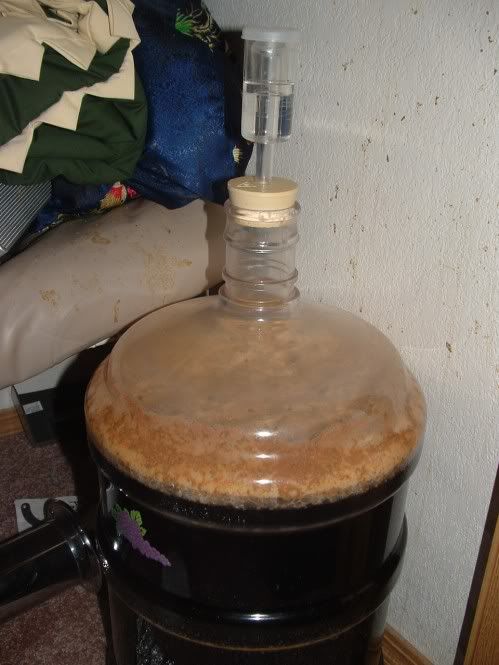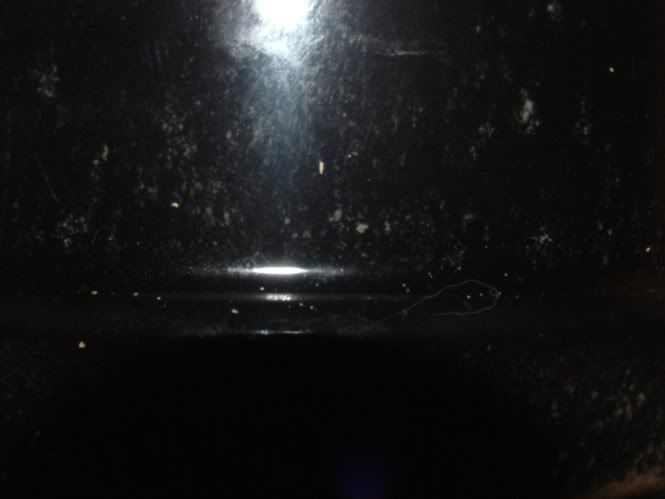SeldomSeen
Well-Known Member
I made a brown ale ab out 2 weeks ago.
I did a partial mash and the beer OG came out spot on to my recipes target.
I made a yeast starter 24 hours before I did my boil. I disolved 1/2 cup of light malt extract into 2 cups of boiling water, boiled it for about 10 minutes and then put it in the fridge, covered, to cool it to yeast pitching temp.
I pitched a Wyeast 1338 Smack pack into the starter and let it sit for about 24 hours. I smacked the pack and it swelled, but it did not appear to do anything in the starter wort when I grabbed it to pitch into my cooled and oxygenated wort.
I have not taken any SG readings since I don't like mucking about in my wort. I have figured out a way to visually tell when my wort is ready to be moved to a secondary which has worked with all of my beer batches successfully so far.
Anyhow, I usually wait for the krausen to fall back into the wort (3-4 days) and for the wort to darken and clarify a bit before moving to the secondary. (usually a day or 2 after the krausen has fallen back in).
Well it's been 2.5 weeks and the krausen has not fallen back in and I don't have the clarity I have expected.
HEre is a photo of the Fermenter with the Krausen

Here is a close up of the wort.

And Finally a pic of my Pauwell Kwak clone that I Was drinking when I took the pictures

I did a partial mash and the beer OG came out spot on to my recipes target.
I made a yeast starter 24 hours before I did my boil. I disolved 1/2 cup of light malt extract into 2 cups of boiling water, boiled it for about 10 minutes and then put it in the fridge, covered, to cool it to yeast pitching temp.
I pitched a Wyeast 1338 Smack pack into the starter and let it sit for about 24 hours. I smacked the pack and it swelled, but it did not appear to do anything in the starter wort when I grabbed it to pitch into my cooled and oxygenated wort.
I have not taken any SG readings since I don't like mucking about in my wort. I have figured out a way to visually tell when my wort is ready to be moved to a secondary which has worked with all of my beer batches successfully so far.
Anyhow, I usually wait for the krausen to fall back into the wort (3-4 days) and for the wort to darken and clarify a bit before moving to the secondary. (usually a day or 2 after the krausen has fallen back in).
Well it's been 2.5 weeks and the krausen has not fallen back in and I don't have the clarity I have expected.
HEre is a photo of the Fermenter with the Krausen

Here is a close up of the wort.

And Finally a pic of my Pauwell Kwak clone that I Was drinking when I took the pictures




